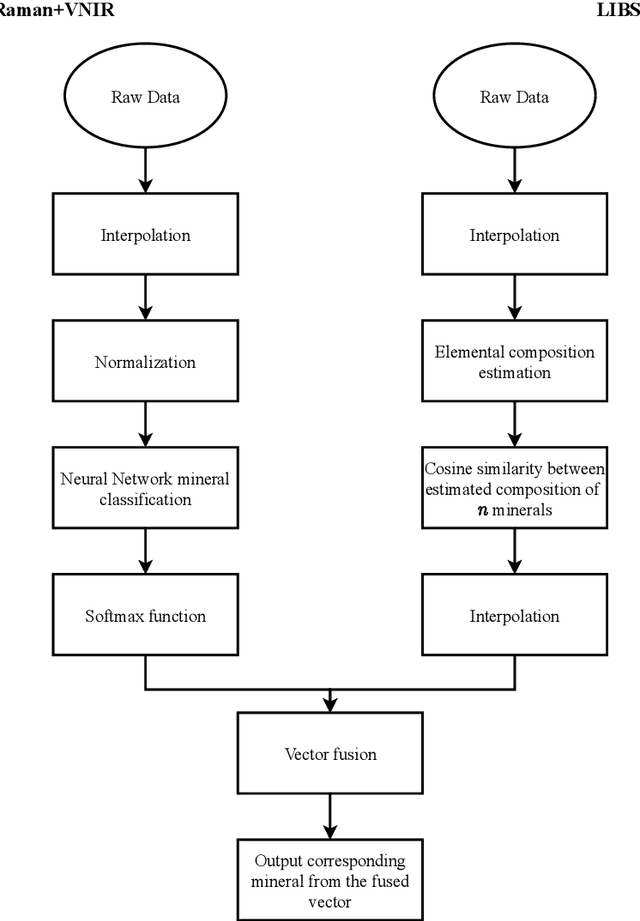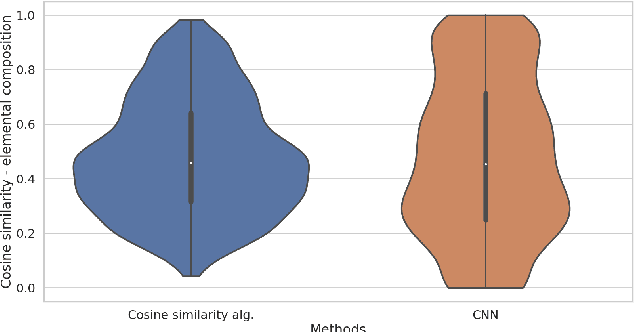Pavel Jahoda
PRISM: Progressive Restoration for Scene Graph-based Image Manipulation
Nov 03, 2023Abstract:Scene graphs have emerged as accurate descriptive priors for image generation and manipulation tasks, however, their complexity and diversity of the shapes and relations of objects in data make it challenging to incorporate them into the models and generate high-quality results. To address these challenges, we propose PRISM, a novel progressive multi-head image manipulation approach to improve the accuracy and quality of the manipulated regions in the scene. Our image manipulation framework is trained using an end-to-end denoising masked reconstruction proxy task, where the masked regions are progressively unmasked from the outer regions to the inner part. We take advantage of the outer part of the masked area as they have a direct correlation with the context of the scene. Moreover, our multi-head architecture simultaneously generates detailed object-specific regions in addition to the entire image to produce higher-quality images. Our model outperforms the state-of-the-art methods in the semantic image manipulation task on the CLEVR and Visual Genome datasets. Our results demonstrate the potential of our approach for enhancing the quality and precision of scene graph-based image manipulation.
Machine Learning for recognition of minerals from multispectral data
May 28, 2020



Abstract:Machine Learning (ML) has found several applications in spectroscopy, including being used to recognise minerals and estimate elemental composition. In this work, we present novel methods for automatic mineral identification based on combining data from different spectroscopic methods. We evaluate combining data from three spectroscopic methods: vibrational Raman scattering, reflective Visible-Near Infrared (VNIR), and Laser-Induced Breakdown Spectroscopy (LIBS). These methods were paired into Raman + VNIR, Raman + LIBS and VNIR + LIBS, and different methods of data fusion applied to each pair to classify minerals. The methods presented here are shown to outperform the use of a single data source by a significant margin. Additionally, we present a Deep Learning algorithm for mineral classification from Raman spectra that outperforms previous state-of-the-art methods. Our approach was tested on various open access experimental Raman (RRUFF) and VNIR (USGS, Relab, ECOSTRESS), as well as synthetic LIBS NIST spectral libraries. Our cross-validation tests show that multi-method spectroscopy paired with ML paves the way towards rapid and accurate characterization of rocks and minerals.
 Add to Chrome
Add to Chrome Add to Firefox
Add to Firefox Add to Edge
Add to Edge